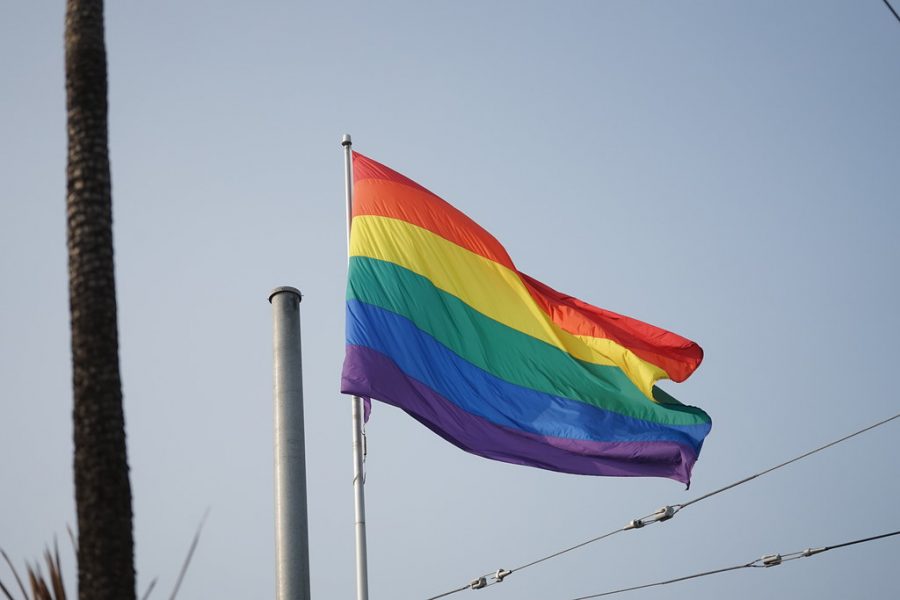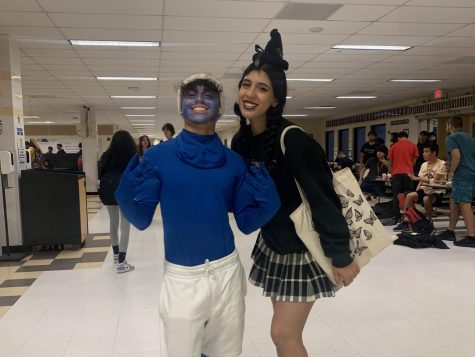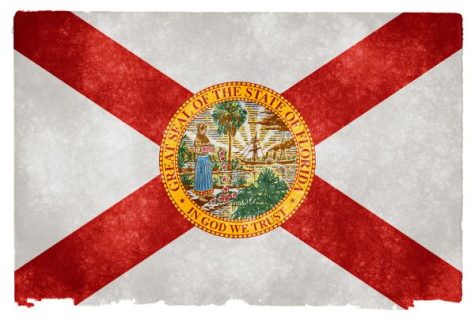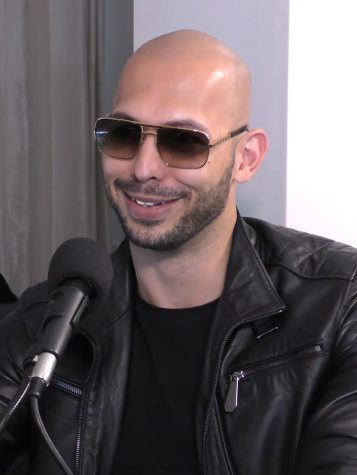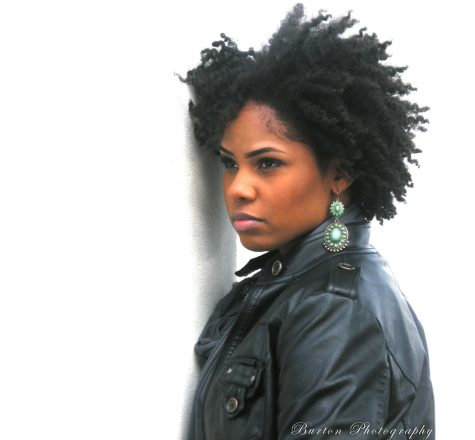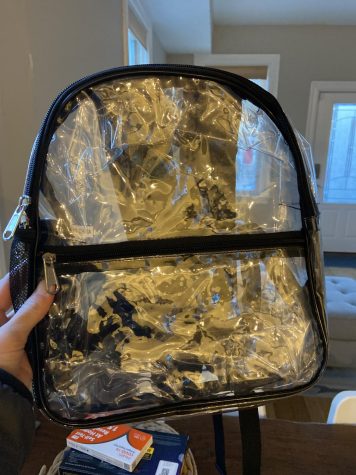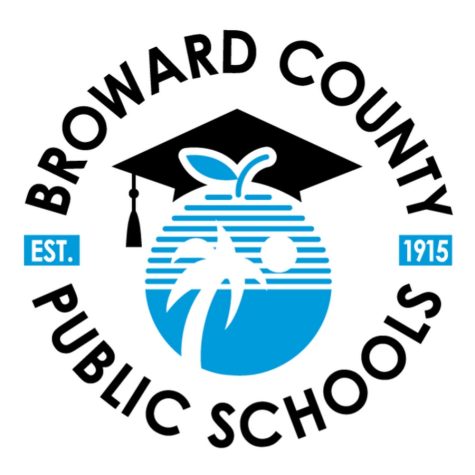Opinion: Issues of LGTBQ+ community seep into teen culture
Florida has the twelfth highest LGBTQ+ percentage in the country, with 4.6% of the population.
Violence, ignorance and fear are all too common factors associated with sexual preference and coming out; violence comes from ignorance, and that in turn projects fear.
People just want peace, acceptance and equality in today’s society. Acceptance and communication is key in understanding and coming together to change the negative light shed on the LGBTQ+ community.
The world has come a long way since the 1950’s, which saw a decade plagued by the “Lavender Scare.” At this time, any employee discovered not to be heterosexual was automatically fired from their job. Today, there are still issues in the LGBTQ+ community affecting people of all ages, especially students.
According to The official Gay-Straight Alliance (GSA) network website, at least 40 states across the country have reported having GSA clubs in their high schools and middle schools. GSA’s mission is to educate people and give students in the LGBTQ+ community a chance to be with others in the same situation. The school is among those offering such communities.
Teens can relate on the same level if all of them would listen to other perspectives and lifestyles. Education and communication is key in order to bring people together and listen to what they might not know.
“Educate yourself before you speak. Love has no labels,” senior Kasidy Brown said.
Part of the problem as to why people don’t get the opportunity to educate themselves or communicate with others is all of the unnecessary stereotypes in society.
If a young male comes out as bisexual, immaturity comes into play and people automatically assume he is afraid to come out as a homosexual. If a teen girl comes out as a bisexual, she’s seen as confused or promiscuous. This leads to labels, and through labels, people crack jokes and create online memes, ultimately making fun of the LGBTQ+ community.
Senior Marni Abea urges people to “please think about what you say, because if you say it, some people can take it as harassment- people should just [not comment].”
Pansexuals, people not limited in sexual choice to biological sex, gender or gender identity, deal with vulgarity on a day-to-day basis.
“People even think you like animals if you are pan; why would I like an animal? That doesn’t even make sense,” senior Colin Shea said.
Shea enjoys breaking the stereotype of the community by playing on the lacrosse team.
“I like being a role model to others as a gay athlete,” he said.
This doesn’t mean he doesn’t get teased every once in a while, though.
“The lacrosse team knows [and] they are fine with it. They tease me like a little brother,” Shea said. When teens come out, while some parents and friends who are more than accepting, this is not always the case. While films usually depict the worst situation possible, such as kids getting disowned or brutally beaten; but this is not what mostly happens There are parents who understand their children and often even say they have always known.
“I came out to my parents and they took it pretty well actually; I wasn’t afraid,” Brown said.
Parent acceptance helps children thrive and ignore the common ignorance they often face. Still in 2019, the LGBTQ+ community works hard to bring awareness when it comes to acceptance and equality.
However, these positive experiences are not always plentiful. Often, parents resent the coming out of their children and refuse to accept it. In the end, the child suffers more than anyone. LGBTQ+ children and teens are more prone to suicidal tendencies than other groups. Every day, they suppress their closeted feelings. In order to deal with situations they are placed in as members of the LGBTQ+ community, a support system is necessary.
Often, when teens come out, there is a stigma attached. People ask uneducated questions, such as ‘how do you know you’re gay?”
“Why is it so crazy to think that your first crush can be of the same sex? When other people see couples of the opposite sex, they think it’s cute. They don’t ask them how they know,” senior Ariana Martinez said.
All of the negativity surrounding being anything other than heterosexual is best left in the past. Support, communication and love are all needed to make this world a better place for each individual, despite varying sexual orientations.
